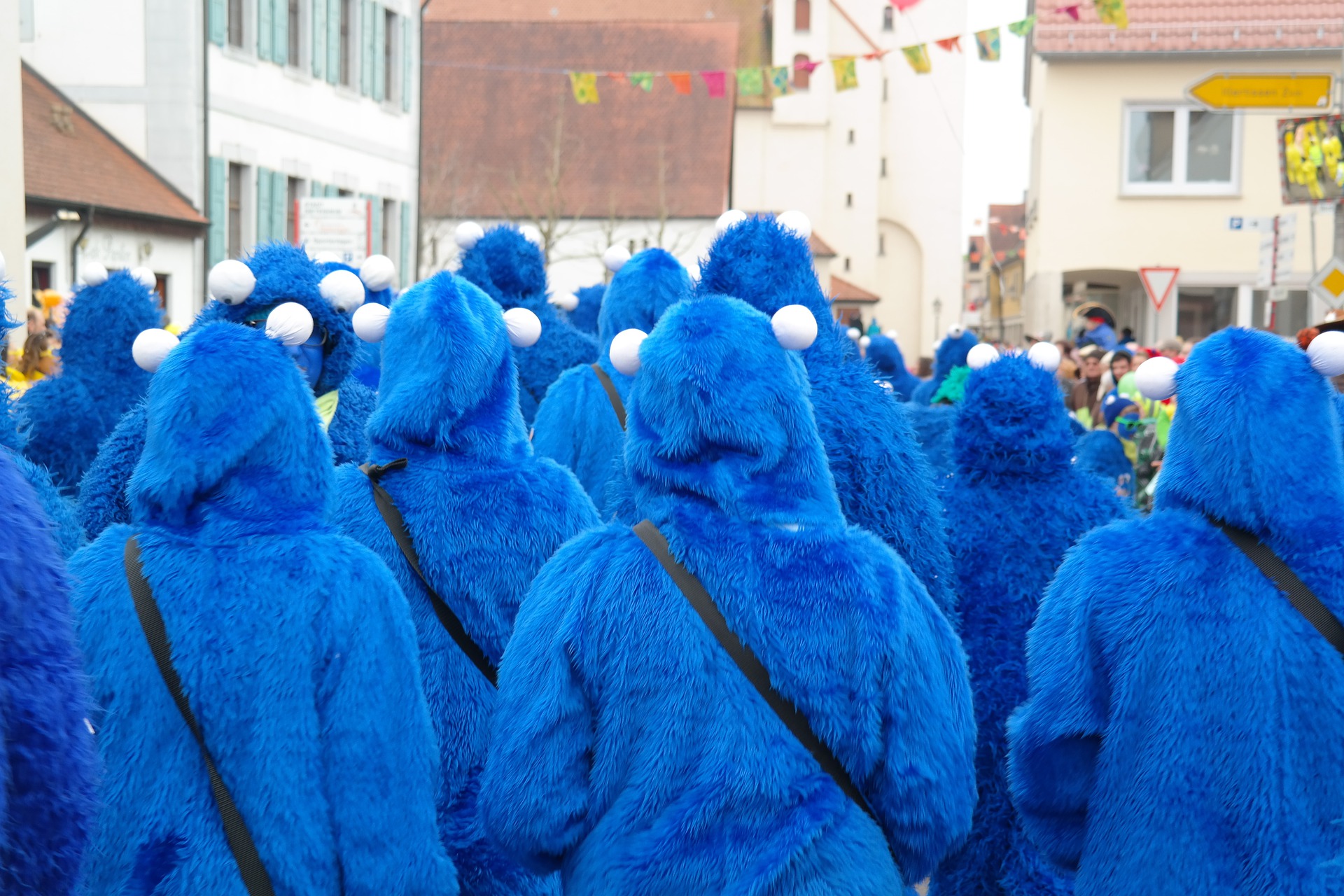You may recall that you were walking down a street recently and saw a group of people in cartoon animal costumes going to an event together. While this group could just as quickly have been a group of cosplayers going to an anime convention, you’ve probably also stumbled across a group dressed in fursuits. Yes, furs. In the last period, the fame of the anthropomorphic culture known as furry fandom, or furries, has exploded.Now Lets Talk About Furry Costumes For Adults.
While furry fandom may seem odd to some, the concept of humanizing non-human characters through anthropomorphism and other means has been a core feature of animation and film networks for decades. Now that the culture has shifted more towards mainstream media, people are looking more than ever to get their first fursuit and have fun. In this article, we’ll dive deep into everything you need to know to get your own fursuit and share some helpful tips to help you transition to your fursona.
What is a Fursuit?
A fursuit is a costume enthused by the physical appearances of an animal, cartoon, or another fictional character. The term fursuit itself refers to the outer material of the suit, which usually retains the replicated texture of real animal fur. Although the outfit’s design mimics a non-human entity, many costume components possess human traits, such as B. the chin. B. two legs, two arms, and the facial jaw’s ability to mimic human speech designs. At its core, fursuits are merely a form of artistic expression.
Types of Fursuits Categories:
Fursuit types can belong to many categories, and a single fursuit can even span multiple categories or classifications. The above list is not necessarily an exact science, but for the sake of simplicity, we will break down the different species under the following categories:
Custom Fursuit vs. Retail Fursuit
- Fursuit Character Types
- Fursuit Foot Types
- Body types
Are you starting to get confused? Don’t worry; we’ll break down the whole thing you need to know, so be sure to read until the end. Let’s first look at the differences between custom and retail fursuits.
Custom Fursuits vs. Retail Fursuits
Custom Fursuits
Considered the crème de la crème of fur fans, as they are the physical manifestation of your unique fursona. Technically, no other individual should have a imitation of your costume. These bespoke suits are generally categorized based on their composition from premium materials, attention to detail, and expert craftsmanship. In the past, small artists or independent boutiques often specialized entirely in making these styles.
Many furries pledge to support only independent artists by refusing to purchase mass-produced clothing. It has long been a basis of pride within the furry community, providing a robust financial ecosystem and inspiring independent artists to continue producing costumes.
Also Read: Crucial Steps For A Healthy Lifestyle
Fursuits In Retail
Retail fursuits are usually a cheaper alternative to the more expensive custom-made ones. Many retail models are available through traditional online e-commerce channels and can be mass produced. Another crucial factor is that commercial versions are generally not unique. Thus, the buyer will probably not be able to express their exclusive fursona fully. Also, the quality of resources may or may not match the quality of some of the bespoke options.

Fursuit Character Types
Tony Fursuits
These costumes give a very “caricature” aspect. Because of this nature, many furries often characterize them as toonies. Other distinguishing features include heavily exaggerated trait sets like huge eyes, bright colors, and support for more mythical traits like dragon wings or multiple heads.
Realistic Fursuits
Realists try to stay true to many of the innate physical traits of a given animal. Realists are often considered high-end designs because of the detailed craftsmanship and quality materials required to capture the animal’s natural look and feel accurate.
Semi Toony Fursuits
Semi-toonies often combine different qualities that are both toony and realistic or feature unique features not typically seen on more common models. Additionally, semi-toonie suits can incorporate technology into the case, such as B. LED lighting, to create a unique appearance.
Quad suits
Quidsuits can take their design a step further by allowing the wearer to replicate the natural movement of an animal on four legs. To this end, stilts, platforms, or other devices are used to support a person while wearing the outfit.
How much does a fursuit cost?
Costs can vary importantly contingent on the factors we’ve covered in previous sections, such as B. whether the costume is custom or retail, character type, foot type, and Body type. Plus, extra padding, real animal fur (legal use of fur), or fancy engineering could add thousands of dollars to the price.
Based on the factors above, a furry costume can range from $100 to $5,000+. While that seems like a huge price range, remember that, like most consumer goods, you can go for the cheapest or the most extravagant.
However, the rabbit hole can get much deeper than the factors we’ve already covered. Let’s look at other factors that affect cost.



